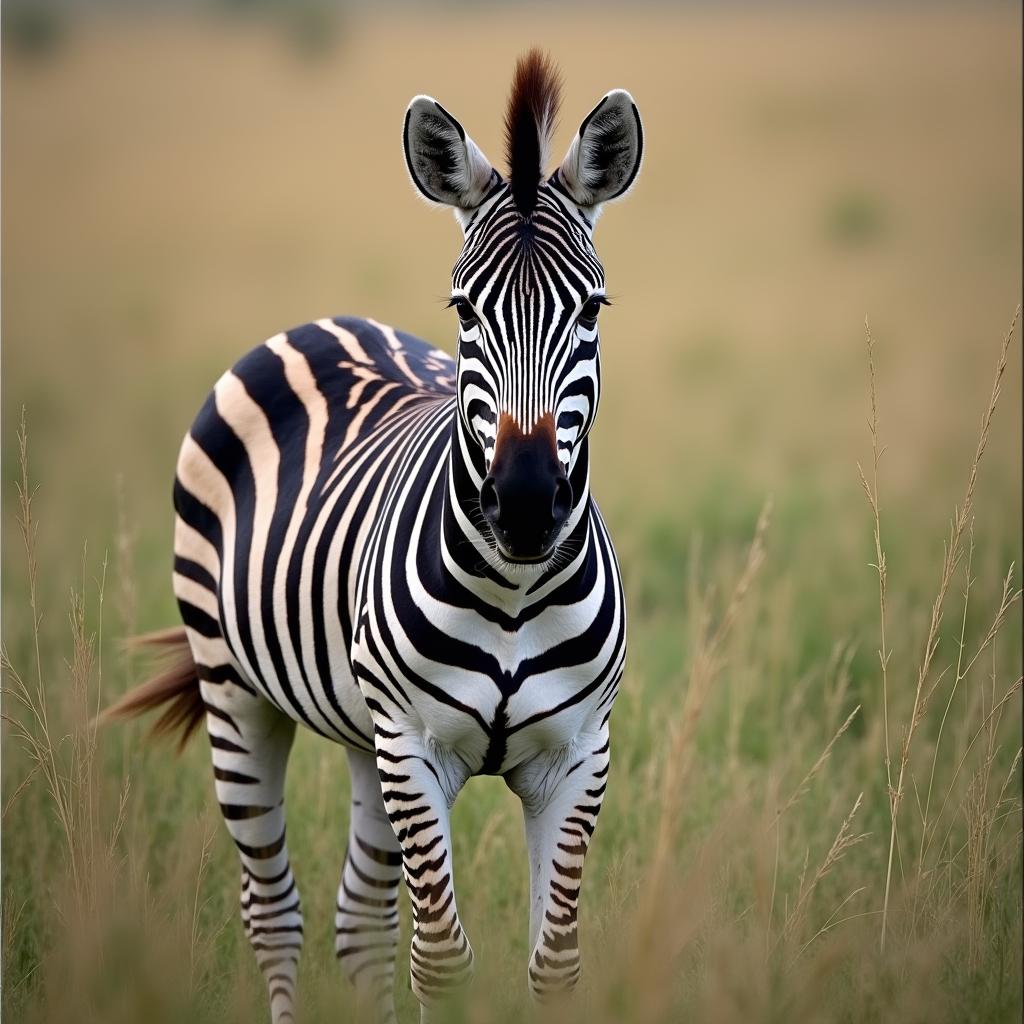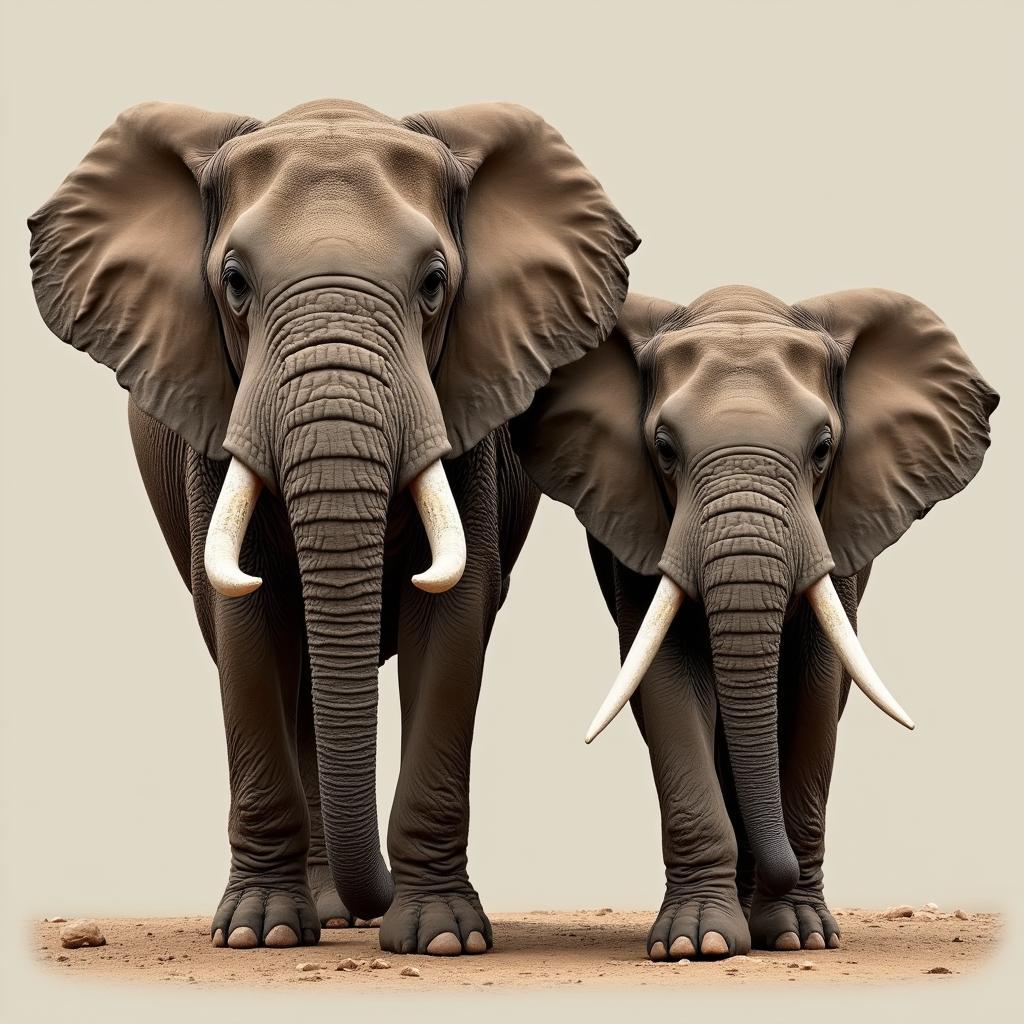The Majestic Zebra: Exploring Africa’s Iconic Striped Wonder
The zebra, with its striking black and white stripes, is one of Africa’s most recognizable and beloved animals. These social creatures roam the plains and savannas of the continent, adding a vibrant splash of color to the landscape. Their unique stripes, not only aesthetically pleasing, serve crucial purposes, playing a role in camouflage, communication, and even protecting them from pesky insects. In this article, we’ll embark on a fascinating journey into the world of zebras, uncovering their captivating lives, their intriguing adaptations, and the threats they face in the wild.
The Zebra’s Remarkable Stripes: More Than Just Beauty
The zebra’s stripes are its most striking feature, immediately capturing the attention of anyone who encounters them. But these stripes are more than just a decorative design; they serve various essential functions.
Camouflage in a Sea of Grass
Zeebras live in areas dominated by tall grasses, which can make it challenging for predators to spot them. Their stripes act as a form of disruptive coloration, breaking up their body outline and making it difficult for predators to distinguish individual zebras from the surrounding environment. This camouflage technique helps them blend into the background, making it harder for predators to target them.
Communication and Recognition
While zebras are known for their distinctive stripes, the exact pattern is unique to each individual. This unique striping pattern serves as a form of visual identification, allowing zebras to recognize each other within their herd. These stripes also play a role in communication, with subtle shifts in pattern potentially indicating social status, territorial boundaries, or even the presence of danger.
Protection from Pesky Insects
Studies have shown that the zebra’s stripes may help them deter pesky insects. The black and white stripes, when moving, create a confusing visual effect that disrupts the insects’ ability to target the zebras. This theory, while still under investigation, suggests that the zebra’s stripes serve an additional practical purpose beyond camouflage and communication.
The Zebra’s Social Life: A Tale of Herds and Family
Zebras are highly social animals, living in herds that can range in size from a few individuals to hundreds. These herds provide safety and support, allowing them to protect themselves from predators and navigate the challenges of the African savanna.
Herd Dynamics and Leadership
Zebra herds are typically structured with a strong hierarchy, with dominant males leading the group. These dominant males, known as stallions, are responsible for protecting the herd and maintaining order. Females and their offspring are also organized within the herd, forming tight bonds and supporting each other.
The Importance of Family Ties
Family bonds are crucial to the survival of zebras, particularly for young foals. Foals are vulnerable in their first months, and the protection of their mothers and the herd ensures their survival. The strong bonds within the herd, allowing them to share resources and knowledge, are vital for the overall well-being of the zebra population.
Facing the Challenges: Conservation Efforts
Despite their resilience and social adaptations, zebras face several challenges in the wild, including habitat loss, poaching, and disease. Conservation efforts are crucial to protect these iconic animals and ensure their long-term survival.
Habitat Loss and Fragmentation
As human populations expand, zebra habitats are increasingly under pressure. Deforestation, agriculture, and urbanization all contribute to the loss of grasslands and savannas, reducing the available space for zebras to roam and forage.
Poaching and Illegal Trade
Poaching remains a significant threat to zebra populations. Their hides are highly valued in some markets, leading to illegal hunting and trade. Conservation organizations are working tirelessly to combat poaching and ensure that zebras are protected from this illegal activity.
Disease and Climate Change
Disease outbreaks can also devastate zebra populations, particularly in overcrowded or stressed populations. Additionally, climate change poses significant challenges, altering rainfall patterns and impacting vegetation, which can impact food availability and overall zebra health.
The Importance of Zebra Conservation
Conserving zebras is not just about protecting a beautiful and iconic animal; it’s about maintaining the balance of African ecosystems. Zebras play a vital role in seed dispersal, grazing patterns, and nutrient cycling, making them an integral part of the African savanna’s health and biodiversity.
Questions and Answers:
What are zebra stripes made of? Zebra stripes are not a special pigment; they are formed by melanin, the same pigment that determines human skin color.
Do all zebras have the same stripe patterns? No, each zebra has a unique stripe pattern, just like human fingerprints.
Are zebras closely related to horses? Yes, zebras are closely related to horses and donkeys. They are all members of the horse family, Equidae.
Are zebras domesticated? While some zebras have been bred in captivity, they are not considered domesticated animals. Their wild nature and powerful instincts make them challenging to tame.
What can I do to help conserve zebras? You can support organizations working to protect zebras and their habitats. You can also choose eco-friendly products and practices to reduce your impact on the environment.


“
By understanding the incredible adaptations, social lives, and challenges faced by zebras, we can develop a deeper appreciation for these remarkable creatures and contribute to their conservation efforts. Let us strive to ensure that the majestic zebra continues to roam the African plains for generations to come.



